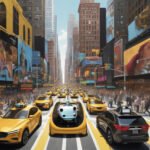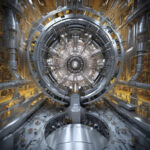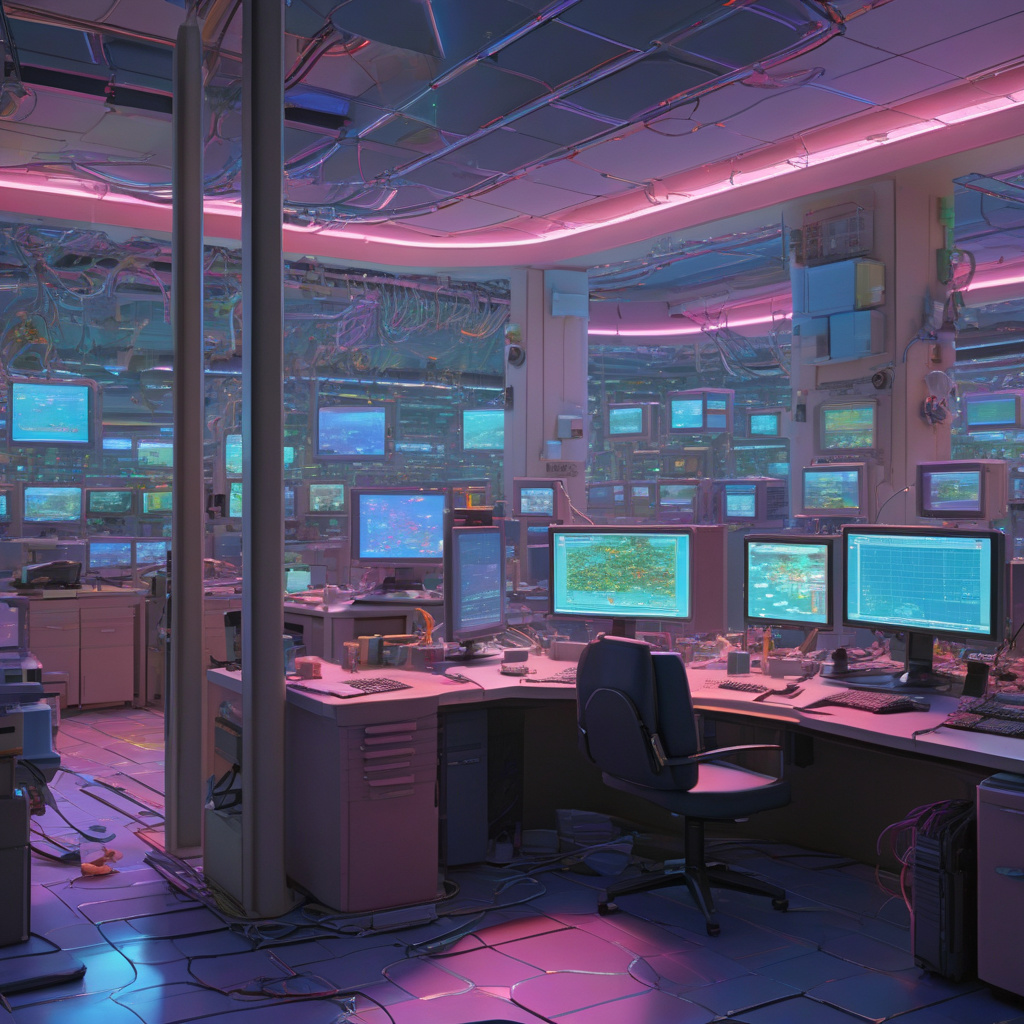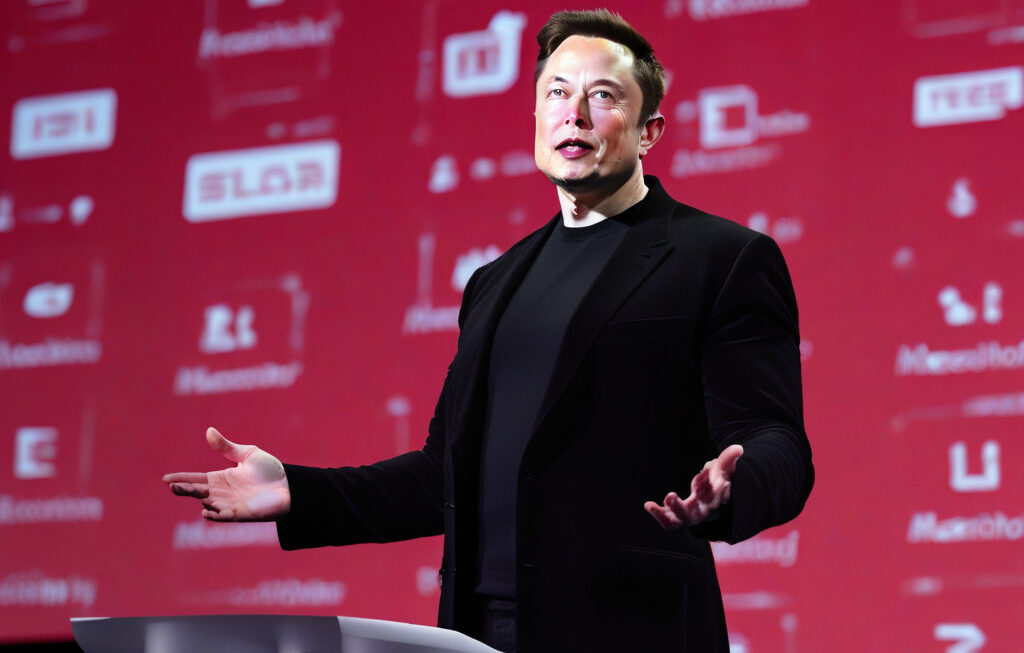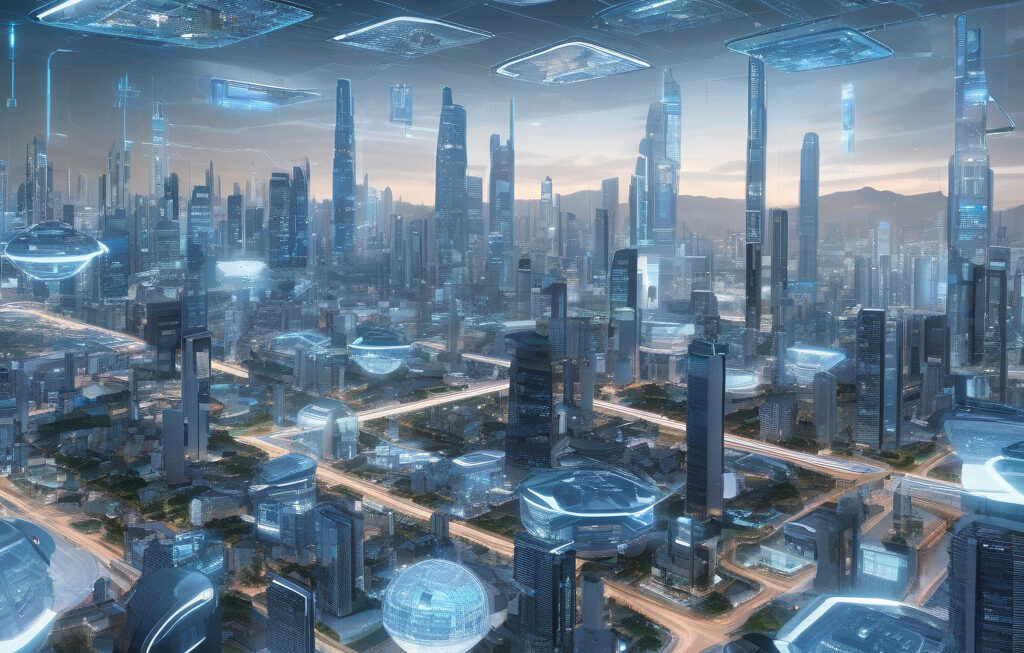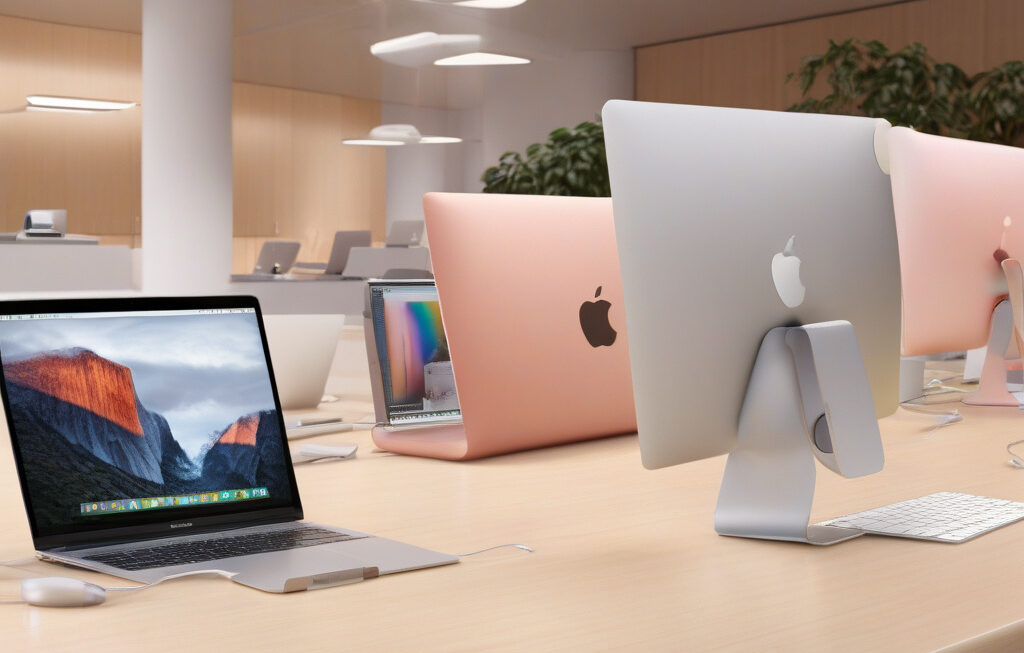AI-Generated Ghibli-Style Images Overwhelm OpenAI Servers
OpenAI, a frontrunner in artificial intelligence research, has recently found itself grappling with a unique challenge – the overwhelming strain on its servers caused by AI-generated Ghibli-style images. The company’s CEO has gone on record stating that the sheer volume of these visually intricate creations may be pushing their GPUs to the brink of meltdown.
For those unfamiliar, Ghibli-style images are inspired by the distinct and enchanting animation style synonymous with Studio Ghibli, the renowned Japanese animation film studio. These images are characterized by their whimsical charm, vibrant colors, and intricate detailing, making them a popular choice among art enthusiasts and animation aficionados.
The AI-generated Ghibli-style images have gained significant traction in recent times, thanks to their blend of nostalgia and novelty. Leveraging the power of artificial intelligence, researchers and artists have been able to create stunning visual artworks that pay homage to the beloved Ghibli aesthetic while also pushing the boundaries of creativity and innovation.
However, this surge in AI-generated Ghibli-style images has come at a cost for OpenAI. The company’s servers, tasked with processing and rendering these complex visuals, are reportedly struggling to keep up with the unprecedented demand. The GPUs, essential components for handling the intensive computational tasks required for generating high-quality images, are bearing the brunt of this strain.
In a statement addressing the server strain, OpenAI’s CEO expressed concerns about the potential impact on their infrastructure. The CEO emphasized the need for optimizing server performance and exploring innovative solutions to mitigate the challenges posed by the influx of AI-generated Ghibli-style images.
As OpenAI works towards resolving the server strain issue, the incident serves as a testament to the growing influence of AI in the realm of creativity and art. The ability of artificial intelligence to replicate and even enhance established artistic styles like Ghibli’s demonstrates the immense potential of this technology to inspire, innovate, and redefine traditional creative processes.
Moreover, the server strain faced by OpenAI underscores the importance of scalability and resource management in AI development. As AI applications become more sophisticated and resource-intensive, organizations must invest in robust infrastructure and efficient algorithms to support their computational needs effectively.
In conclusion, the phenomenon of AI-generated Ghibli-style images overwhelming OpenAI servers sheds light on the intersection of technology, art, and infrastructure. While the challenges posed by server strain are significant, they also present an opportunity for growth, adaptation, and advancement in the field of artificial intelligence and creative expression.
#OpenAI, #AI, #Ghibli, #ArtificialIntelligence, #Innovation




